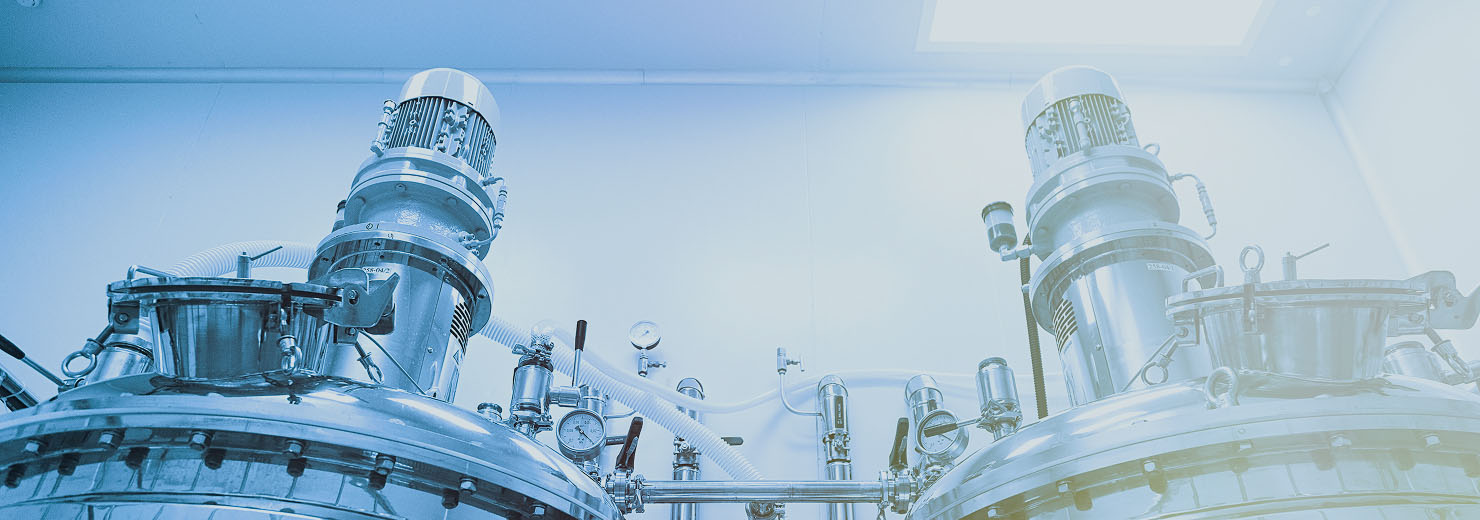Our solutions
Our customers

Biopharma manufacturing is under constant pressure: accelerate timelines, reduce costs, and maintain strict quality standards. But when cell culture media isn’t designed for your cells, your objectives, and your constraints, the hidden waste adds up fast.
Waste in biomanufacturing isn’t just about discarded reagents. It’s also lost weeks investigating failed runs, the cost of scaling a process that doesn’t translate, and the downstream consequences of variability. These issues quietly drain billions from the industry each year.
Here are three ways suboptimal media design quietly drains value, and how a data-driven approach flips the script.
In commercial biomanufacturing, even a single batch failure can derail months of work. When media isn’t tuned to the biology, the process, and the scale, failure modes multiply: critical quality attributes (CQAs) drift, titers underperform, and unexpected deviations force teams into costly investigations.
The financial impact is severe. A single 2000L batch failure can exceed $1 million in costs (FDA, 2004). Factor in lost production time, diverted staff, and downstream disruption, and the total loss can climb much higher.
Media is often implicated as the weak link - through lot-to-lot variability, microbial excursions, or subtle shifts in cell performance. The more generic or donor-derived the inputs, the harder it is to lock down reproducibility at scale.
By moving towards chemically defined, custom formulations, manufacturers can address these weak points head-on. Tailored media reduces lot-to-lot variability and can eliminate the risks tied to animal- and human-derived components. This means fewer batch failures, de-risked production, and accelerated progress to market.
Bioprocesses that look promising in early-scale work can collapse when translated to large-scale bioreactors. Shake-flask formulations, for instance, may underperform when exposed to the oxygen transfer rates, shear stresses, and feeding strategies of a 2,000L system. These hidden dependencies create costly troubleshooting loops.
Every failed translation adds waste: more runs, more raw material, and more lost weeks. For products on the critical path to market, these delays compound into hundreds of millions in lost revenue and postponed patient benefit.
Custom formulation closes this gap. Media can be designed to hold across passages and production scales. This bridges the bench-to-biomanufacturing divide and reduces the “last-mile” waste of re-engineering processes under pressure.
Media is a critical process input. Subtle shifts in amino acid profiles or growth factors can alter glycosylation, charge variants, and other Critical Quality Attributes (CQAs). For regulators, these changes are not trivial. They impact efficacy, safety, and lot release - and trigger comparability studies to prove continuity.
When inputs are undefined or donor-derived, variability is unavoidable. FBS and hPL (human platelet lysate) change composition between lots, creating uncertainty in quality and supply. This raises the regulatory burden, slows validation, and increases the likelihood of repeat studies.
Defined, custom-formulated media reduces these risks. By tightly controlling inputs and designing formulations free of animal or human components, biomanufacturing companies can avoid regulatory do-overs and pave a clearer path from manufacturing to approval.
The hidden cost of poor media design is measured not just in materials but in wasted time, wasted money, and wasted opportunities for patients. A large share of that waste traces back to inputs that can be engineered differently.
Our MediOP™ platform combines AI, high-throughput automation, and deep biological expertise to design media de novo - starting from your cell line, your objectives, and your scale constraints. Instead of tweaking legacy recipes, MediOP™ learns from thousands of data points to deliver cell-specific, process-ready formulations.
The outcome is media that:
Manufacturing connects breakthrough science and patient impact. But too often, poor media design slows that journey, adding unnecessary cost and risk. Custom formulation changes that. With customised media, teams can spend less time troubleshooting and more time delivering therapies to patients.
Speak to one of our scientists today to map a formulation strategy to your process.
Sign up for email updates: